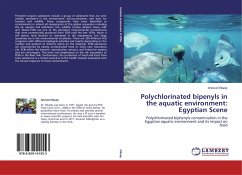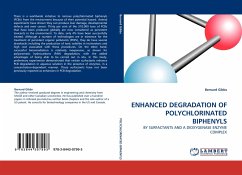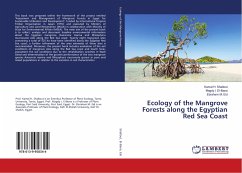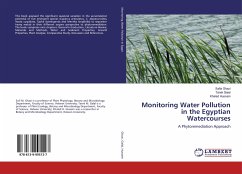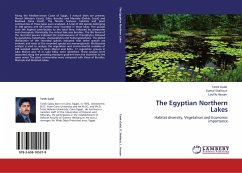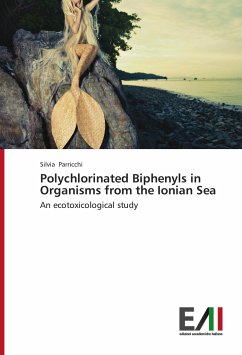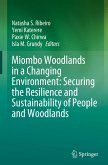Persistent organic pollutants include a group of pollutants that are semi-volatile, persistent in the environment, bio-accumulative, and toxic for humans and wildlife. These compounds have been identified as contaminants in almost all components of the global ecosystem including the air, aquatic and sediments, fish, wildlife, human adipose tissue, milk and blood. PCBs are one of the persistent environmental contaminants that were commercially produced from 1929 until the late 1970s. Much is still stored, land stocked or contained in old equipments, but large quantities are in the environmental circulation. There are 209 different PCB congeners with different biological activities and toxicity depending on the number and position of chlorine atoms on the molecule. PCBs exposures are encountered by eating contaminated food or living near hazardous site. PCBs affect the immune, reproductive, nervous, and endocrine systems and are carcinogens. This work was emphasized on the risk assessment of PCBs in the River Nile. Furthermore, the protection of food and feed from toxic substances is a critical need due to the health hazards associated with the human exposure to these contaminants.
Bitte wählen Sie Ihr Anliegen aus.
Rechnungen
Retourenschein anfordern
Bestellstatus
Storno

